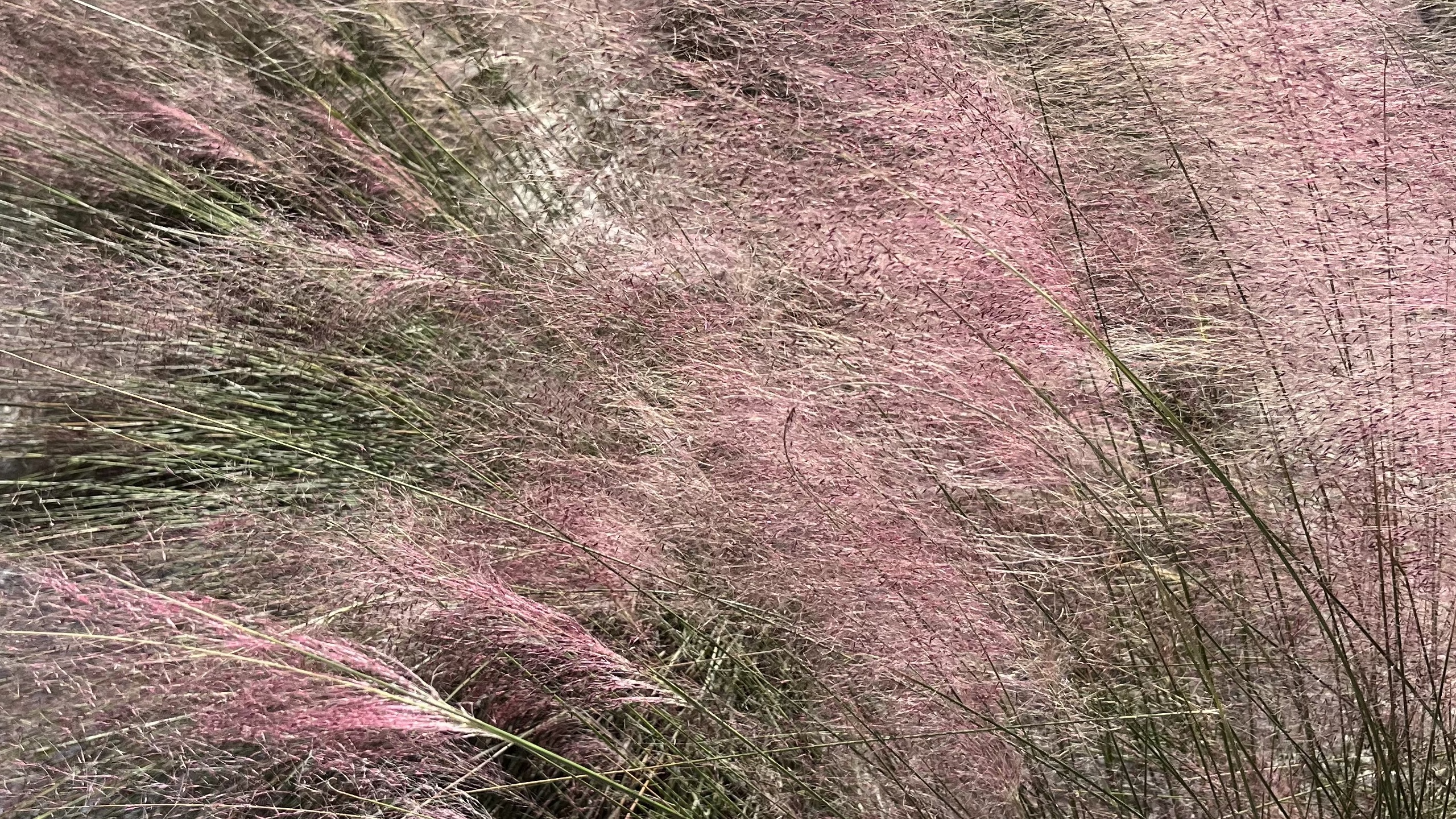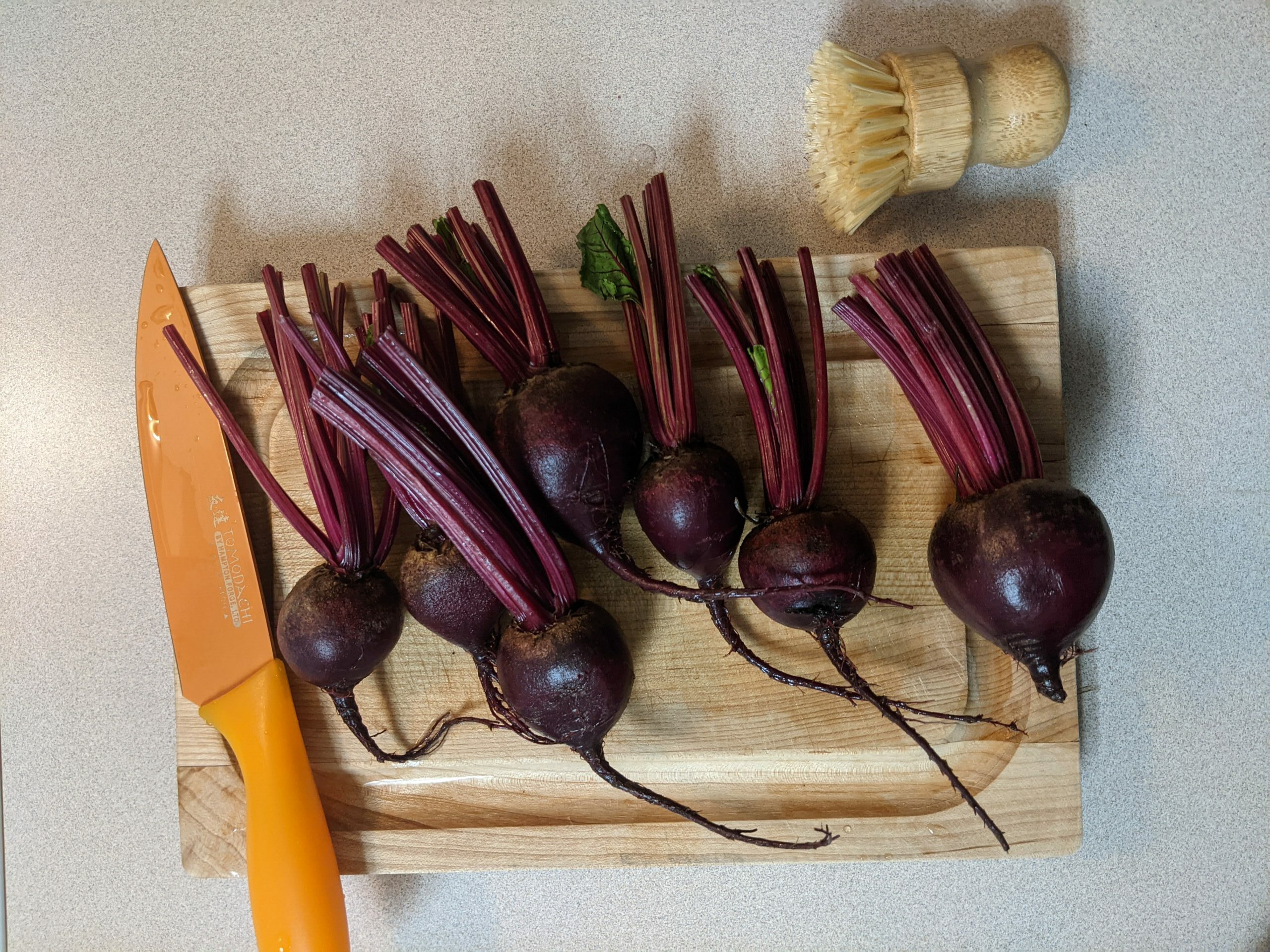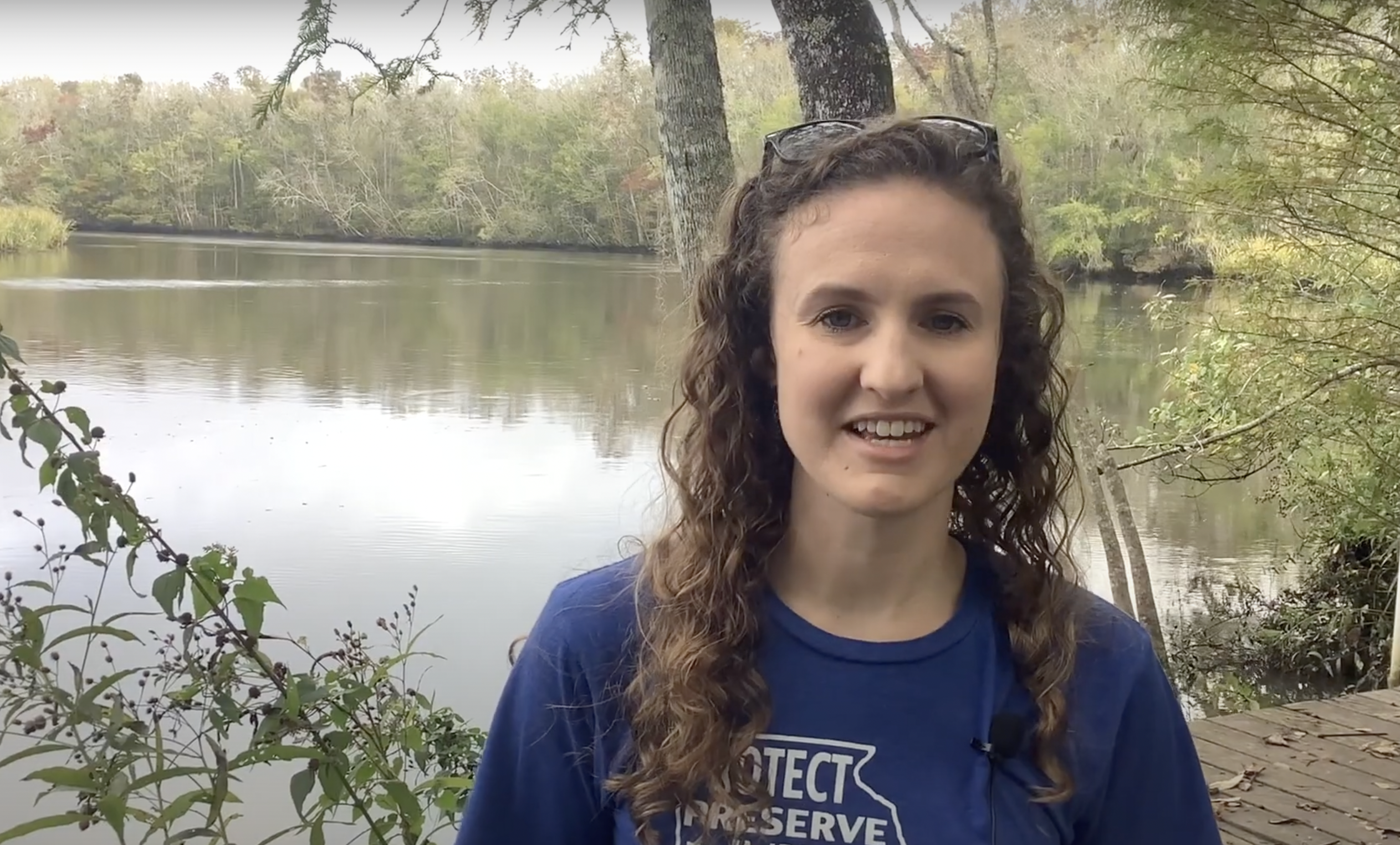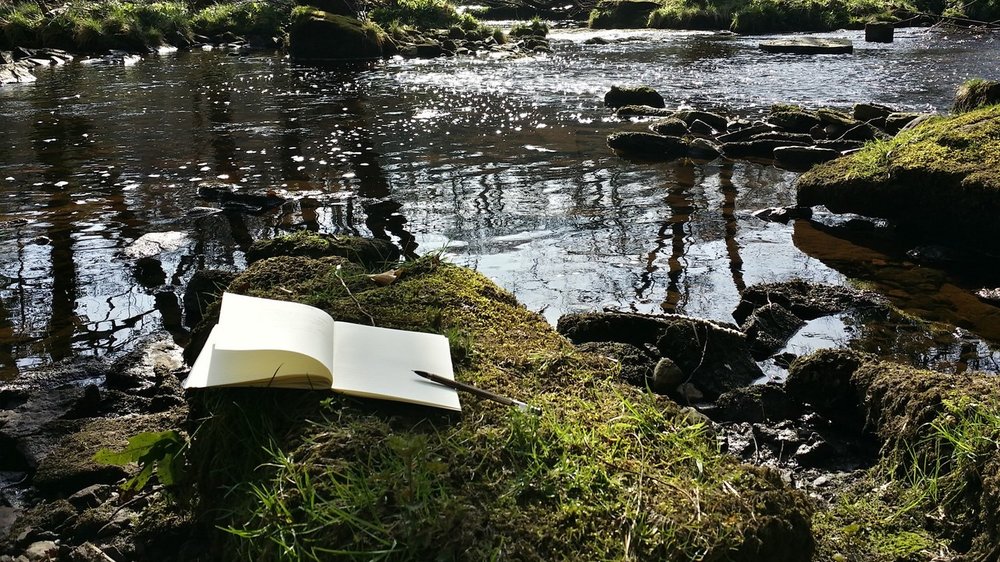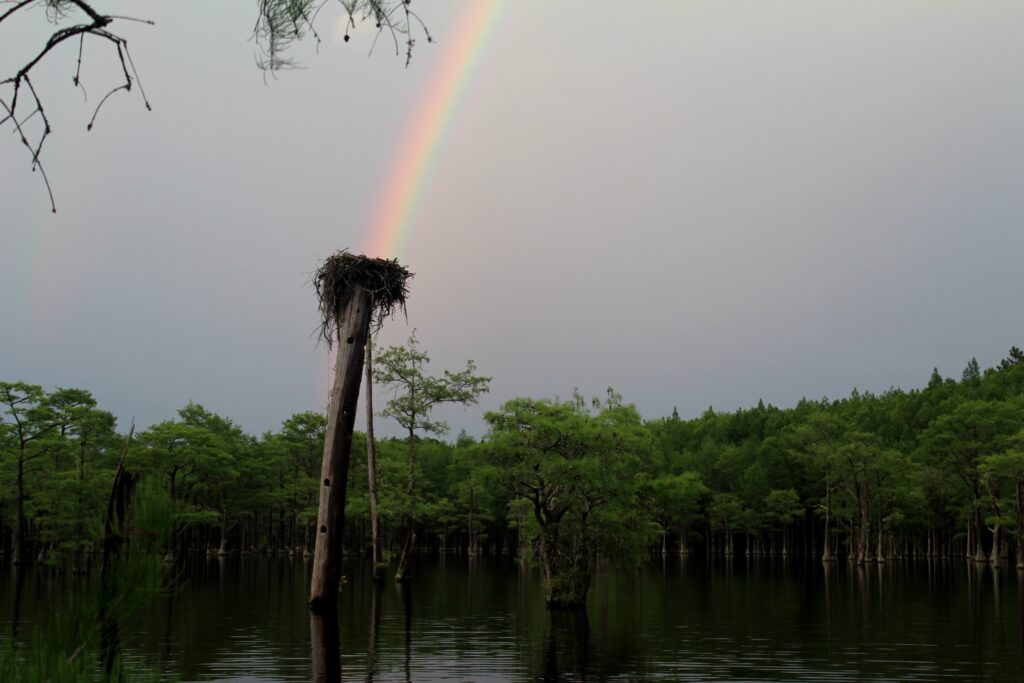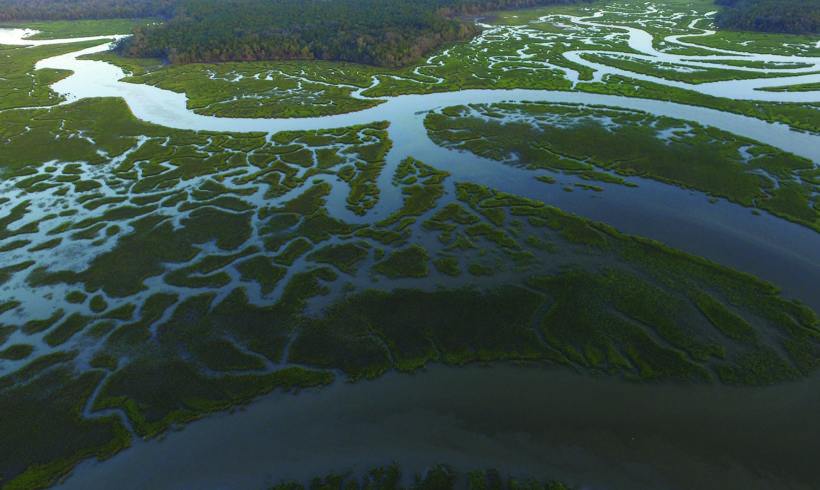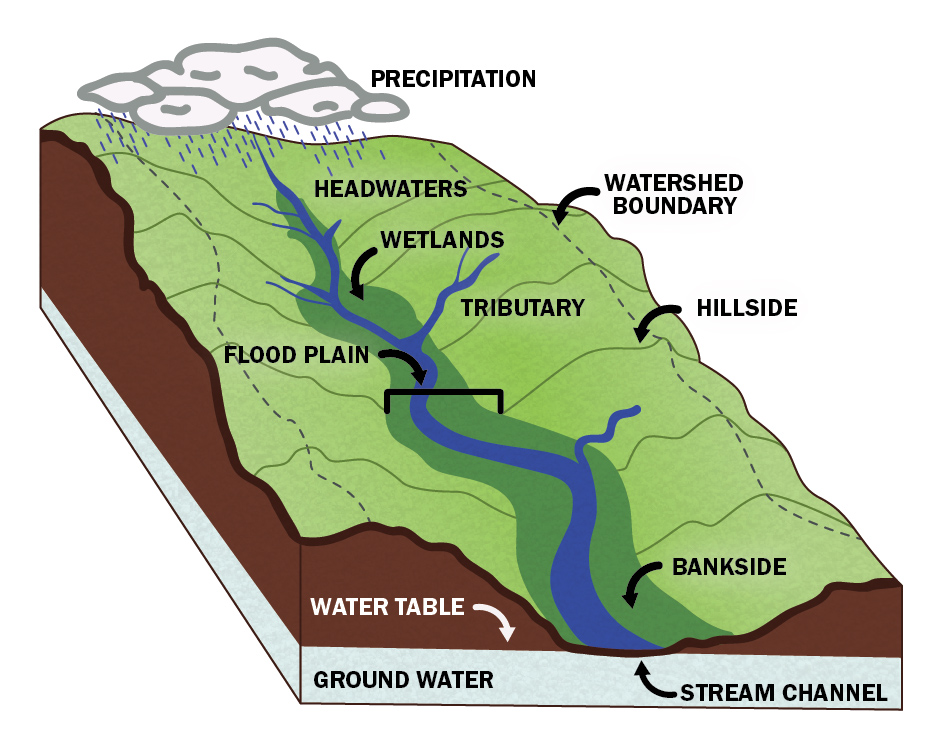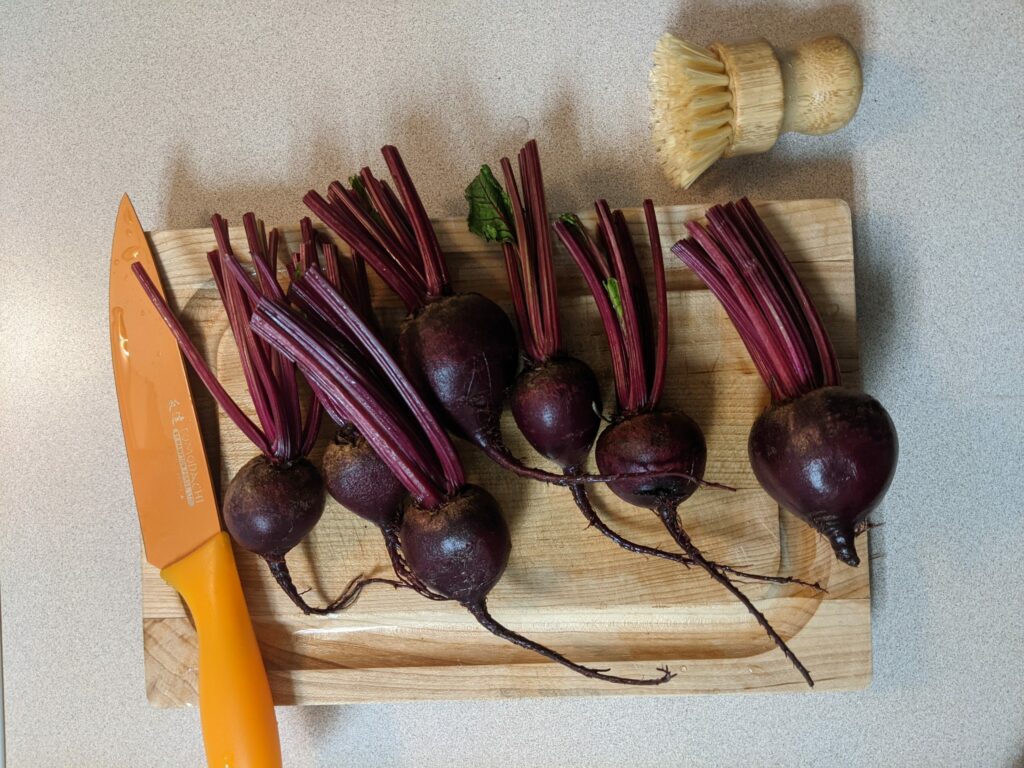
Do you ever wonder what happens to the small trash from food or other product packaging after it has been thrown in the trash? Some ends up in landfills and depending what it’s made from, it may or may not break down. Some ends up in our waterways which is a problem for the plants, animals and people.
Instead of throwing these things away, try reusing them. Start saving these packaging materials next time you buy groceries, farmers market items, or online shopping.
Materials:
- Twist ties from produce, bread, etc.
- Rubber bands from produce, packaging, etc.
- Bread clips
- Plastic bags (without vents or holes)
- Fruits & veggies if tie-dying. Suggestions: coffee grounds, turmeric powder, beets, avocado pits, purple cabbage, spinach & carrot tops

How to Reuse:
- Twist ties make great organizers for electrical cords. Bind gently to not kink the cords.
- Rubber bands can be used for so many things around the house, it’s good to just have a jar of them around…or you can tie dye with them!
- Bread clips make a wonderful tiny palate for small art. Use fine point sharpies to design and then glue them onto a surface. See ideas for unique greeting cards, holiday ornaments, fridge magnets and more!
- Small plastic bags are great for picking up pet waste without having to buy specific bags! If you don’t have a dog, save them and re-gift them to someone who does or recycle them – check local guidelines for recycling.
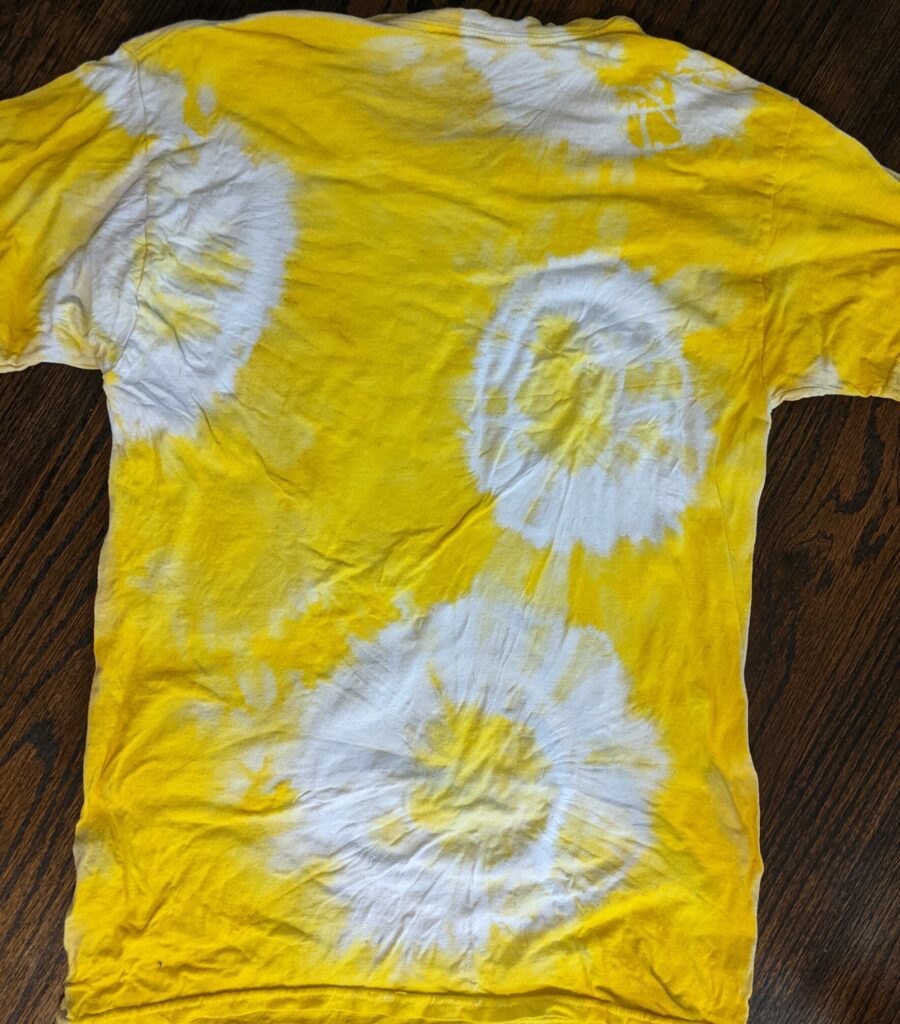
Tie-Dye:
Instead of putting fruit and vegetable waste straight in the trash or compost, save it in the fridge until you’re ready to tie dye-naturally. You can use many veggies or scraps but they all have varying degrees of pigment.
To start out, try beets or turmeric as they have a naturally stronger pigment. Some of the colors others make might even surprise you!
Use gloves when handling dyes, even though they are natural. Do not dry in the sunlight as they will fade and only wash as needed with a mild detergent and cold water.
- Turmeric – yellow (be careful as this will stain many surfaces)
- Beets – red
- Purple cabbage – red/pink
- Avocado pits – light pink (use more than one)
- Spinach, carrot tops – green/yellow
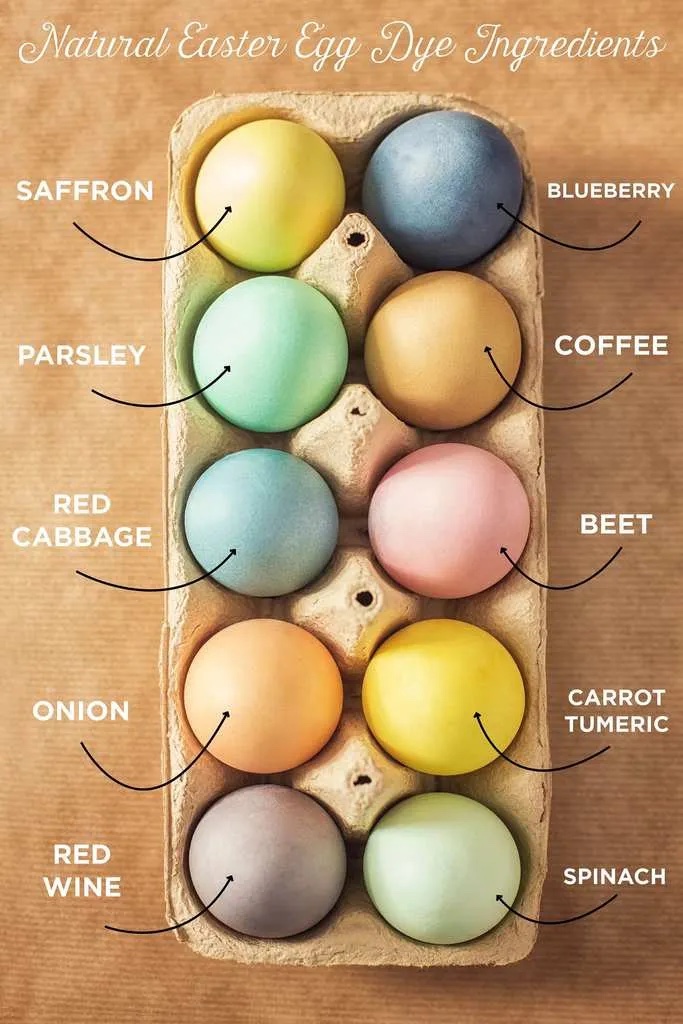
More resources for natural tie dye with fruits and veggies
We’d love to see your dyeing skills! Email your photos to info@ogeecheeriverkeeper.org or tag us on social media.
Activity is open to all ages and meets the needs or can be combined with other activities for the following Georgia Standards of Excellence in visual arts.
- VAK.CR.2 Create works of art based on selected themes.
- VAK.CR.4 Understand and apply media, techniques, and processes of three-dimensional art.
- VA1.CR.1 Engage in the creative process to generate and visualize ideas by using subject matter and symbols to communicate meaning.
- VA2.CR.2 Create works of art based on selected themes.
- VA6.CR.2 Choose from a range of materials and/or methods of traditional and contemporary artistic practices to plan and create works of art.
